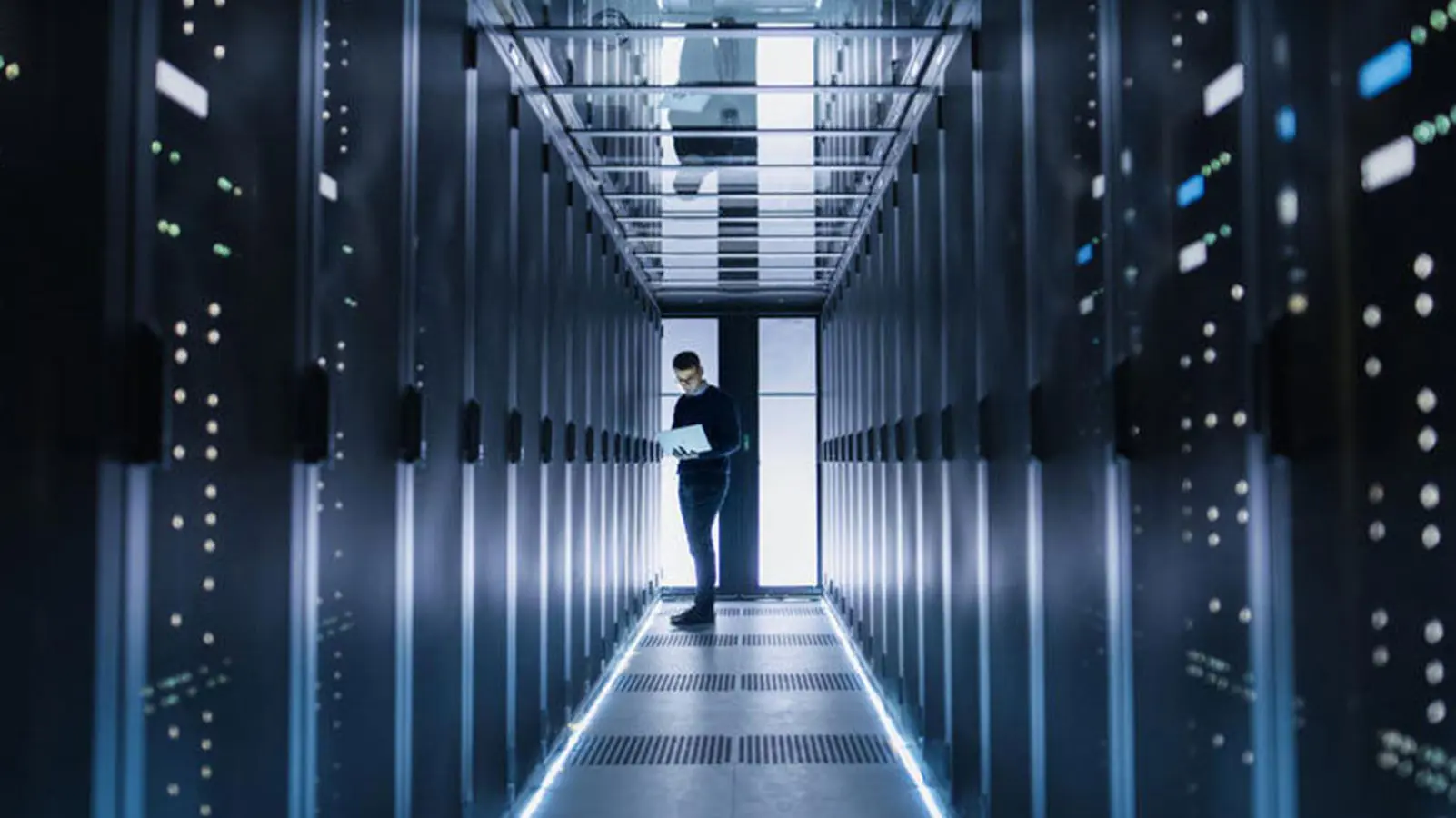
Categories
In today's fast-paced business landscape, sustainability has become a paramount consideration and staying ahead of the curve is essential. As enterprise organizations strive to cut costs, boost revenue, and accelerate sustainability objectives, liquid cooling technology emerges as a game-changing solution. But not all liquid cooling solutions are created equal.
This white paper explores three key criteria – sustainability, serviceability, and scalability – that forward-thinking enterprises, data center operators and telco providers need to consider when adopting liquid cooling technologies. Precision Liquid Cooling stands out amongst the competition, addressing limitations other solutions face.
Learn more on how you can enhance operational efficiency, reduce energy consumption, and adhere to emerging sustainability standards, by embracing liquid cooling. Download the white paper today to navigate the evolving data center landscape while committing to a greener future.
Introduction to the white paper
Sustainability has emerged as a critical concern within our industry, driven in part by the implementation of the Paris Agreement—an internationally binding treaty aimed at combatting climate change since 2016. Under this agreement, signatory countries have committed to cutting carbon emissions in half by 2030 and achieving NetZero emissions by 2050. As a result, data center sustainability has become a paramount consideration for businesses and organizations across all industries.
Looking ahead, global energy consumption is projected to reach 760 exajoules by 2050, indicating a 17% increase from the 2019 level of 628 exajoules. Among energy-intensive sectors, data centers are expected to be significant contributors to electricity usage, having consumed approximately 73 billion kWh in 2020. To put this into perspective, that amount of electricity is equivalent to what 6.4 million American homes consumed in the same year.
Notably, the United States hosts nearly 30% of all data center servers globally, more than any other country. Furthermore, experts predict that data centers will account for 8% of the world’s total energy consumption by 2030. Additionally, the water usage of data centers is a key metric that deserves attention. Cooling towers, which enable optimal functioning of air-cooled data centers, rely heavily on water for heat dissipation. Large hyperscale data centers predominantly employ evaporative water cooling to release heat generated by the IT equipment and surrounding infrastructure into the environment. A recent study comparing water usage for hyperscale and wholesale data centers revealed an annual consumption of approximately 0.65 billion liters of water. Given concerns over water scarcity, especially in drought-stricken regions, the use of potable water for cooling data centers has raised eyebrows. Consequently, technologies that reduce electricity and potable water consumption in data centers are becoming crucial as we envision the industry’s future.
From a corporate standpoint, more and more organizations are outlining their sustainability goals, particularly with regards to reducing global carbon emissions, in their environmental, social, and governance (ESG) documents. Consumers and investors increasingly seek to support companies that take proactive stances on environmental and social issues. As a result, efforts to decrease the global carbon footprint, explore alternatives to fossil fuels, and limit water consumption are at the forefront of business considerations today.
Download the white paper here.
